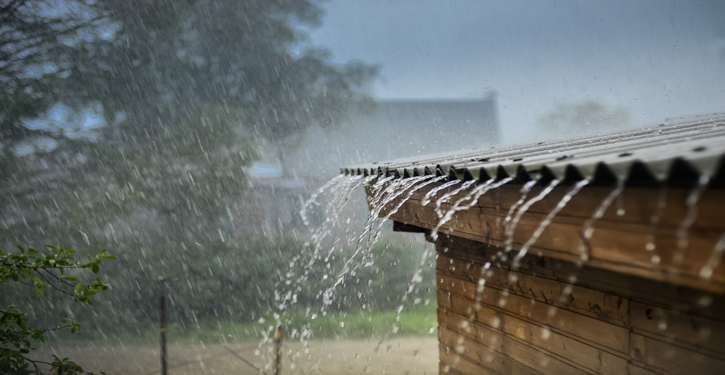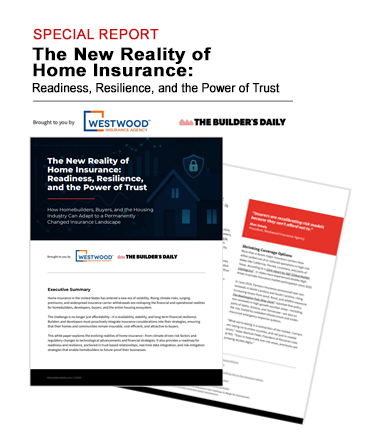Storms can damage your home at any time of year, whether it’s a thunderstorm in the summer or a blizzard in the winter. Here are some proactive steps you can take before a storm hits.
Keep your roof and gutters in good condition
One of the key lines of defense for your home is your roof. If you have any missing shingles or damage to your roof, have it repaired immediately. This is for your own benefit, as it will keep wind or rain from breaching your roof and causing additional damage.
You’ll also want to keep your gutters clear. Rain can quickly fill clogged gutters, and if the water can’t run away from your house the way it should, it can cause a lot of damage to your property. Flooding can be very expensive and difficult to recover from, so make sure the water is flowing freely!
Trim trees and secure fences
Debris can cause damage to your home, and anything that flies from your property to someone else’s home is a potential liability.
When you trim trees properly and keep your fences and fenceposts secure, you lessen the chance of damaging your property or a neighbor’s.
Prepare for a hurricane
If you live in an area that is prone to hurricanes, you know that getting ready for one of these storms is a big step above normal safety preparations.
Here are ways to prepare for a hurricane:
- Bring in outdoor furniture, toys and plants.
- Install storm shutters to protect windows, doors and skylights.
- Move cars into the garage or to higher ground away from trees and power lines.
- Unplug appliances.
Prepare for lightning
According to the National Lightning Safety Institute, 1 in 200 homes are struck by lightning every year. In the event of lightning, it is important to protect your electrical appliances and devices, as well as your home. As a precaution, consider installing a surge protector, lightning rod or a lightning protection system.
Get ready for winter storms
Winter storms bring freezing temperatures, wind, ice and snow. Seal any wall openings or cracks with caulking or weather stripping. This will help prevent wind and water from getting in or heat from escaping.
You can further prepare the inside of your home by:
- Insulating attics, basements and other crawl spaces.
- At least once a year, have your heating system serviced.
- Have broken or cracked pipes repaired and install a pressure release valve for your plumbing to help prevent bursting pipes.
- Know how to turn off your water.
- Have a backup source of power in the event of a power outage.
Make sure you have proper coverage
Most homeowners insurance does not cover flood damage—leaving your home and belongings at risk. There is a mandatory 30-day waiting period before flood insurance coverage goes into effect so don’t delay in making sure that your homeowners insurance is up-to-date and appropriate for your needs.
Contact Westwood Insurance Agency today. We can review your coverage and give you a quote on any changes that you might need.





